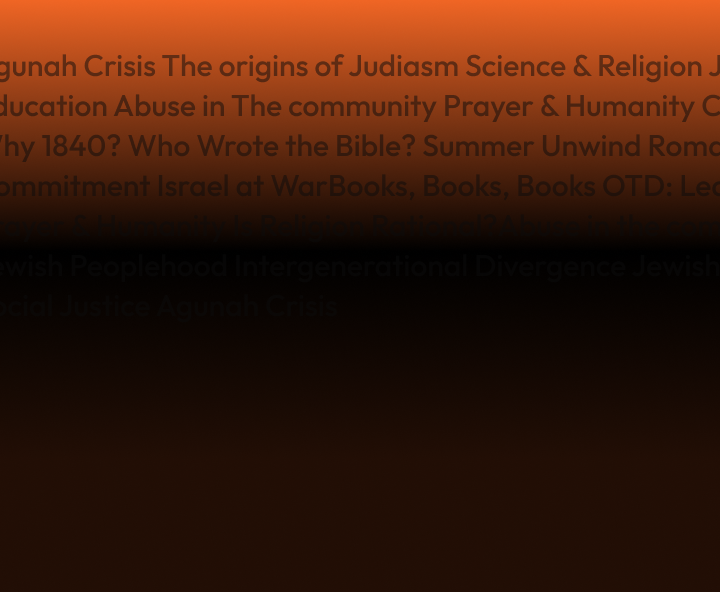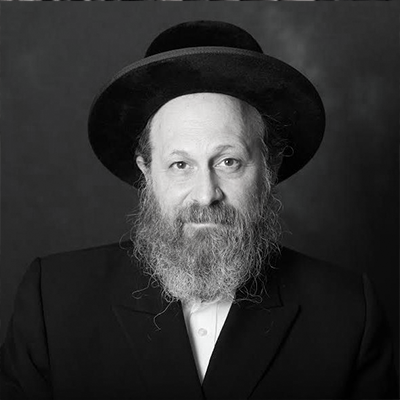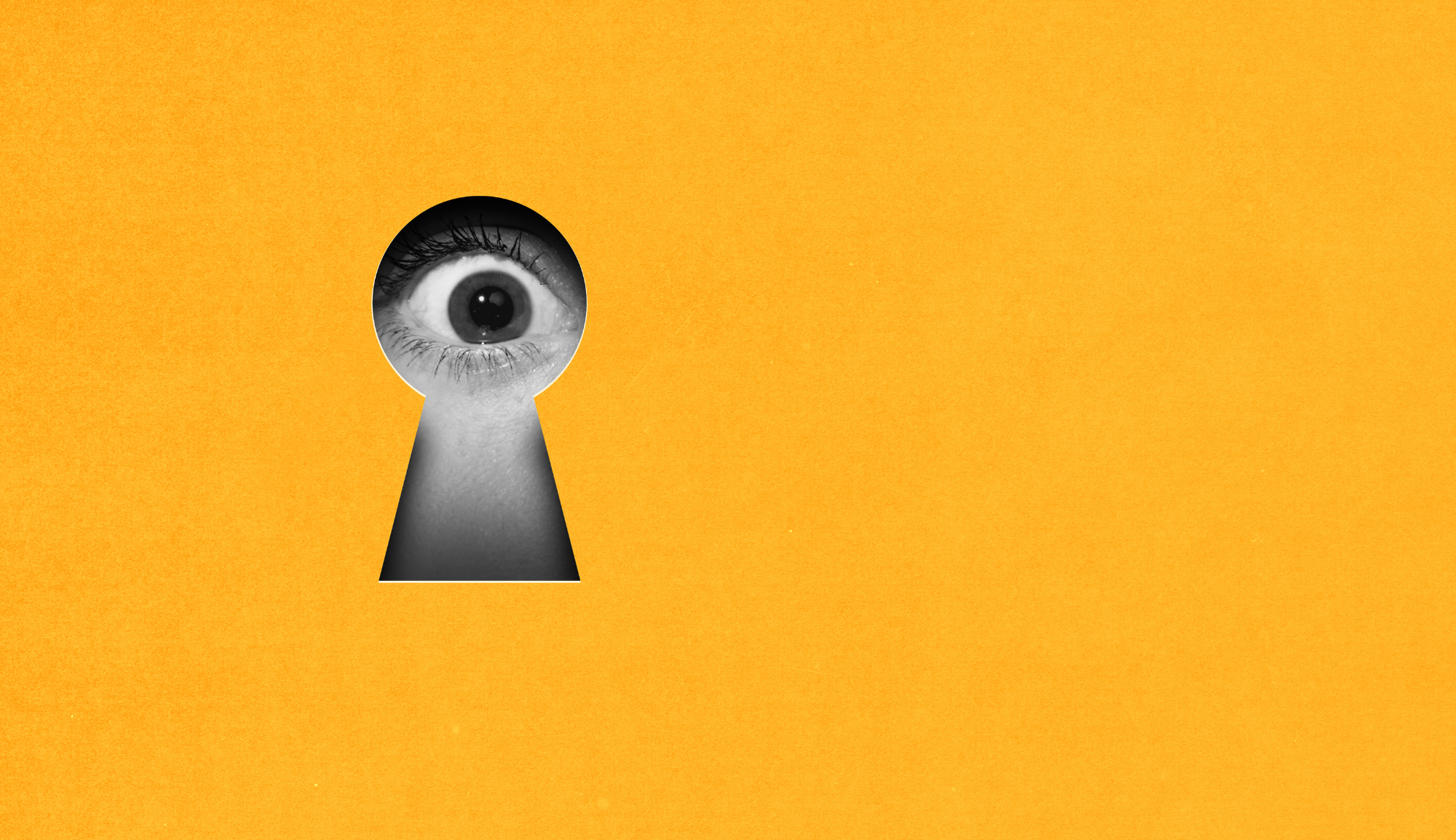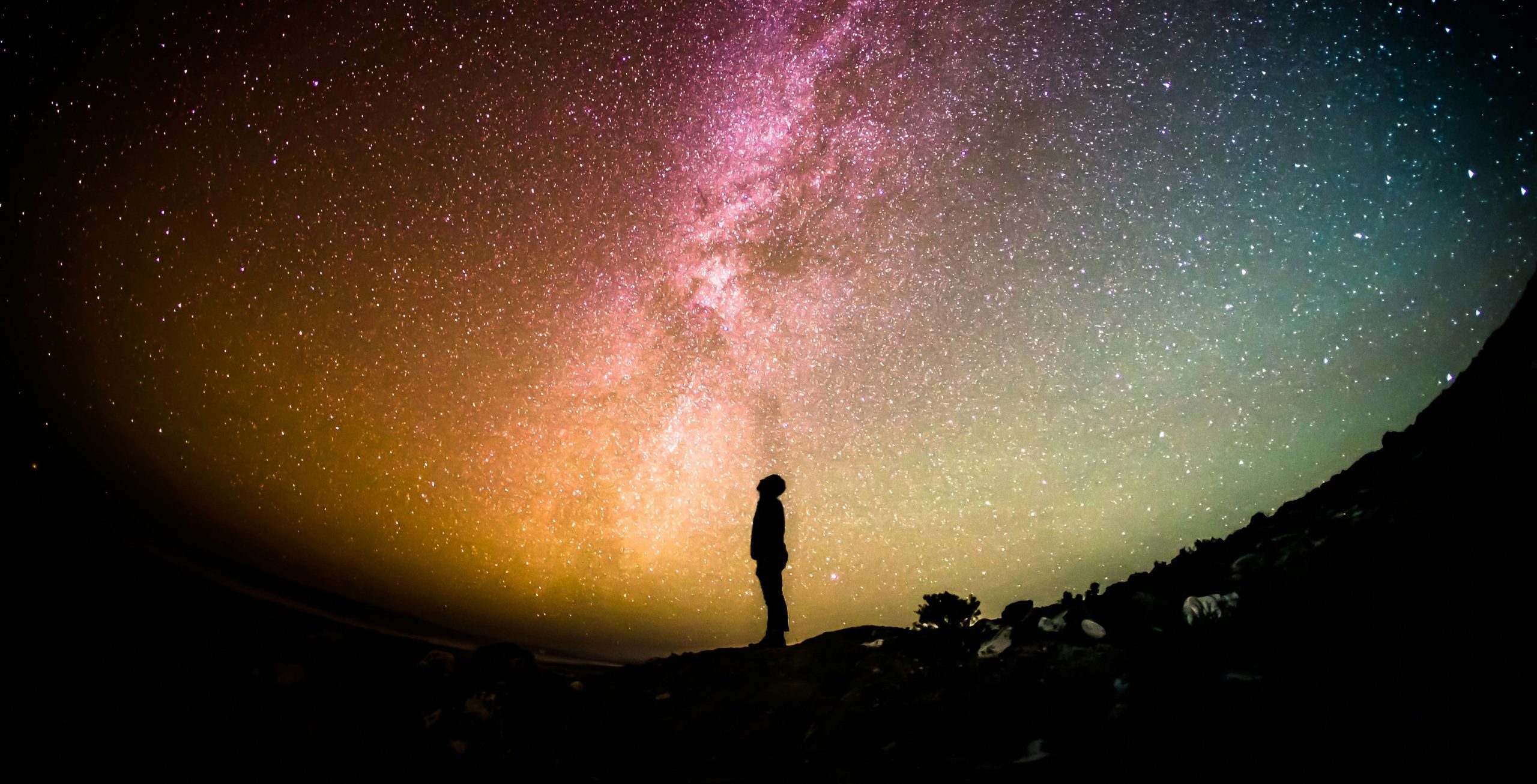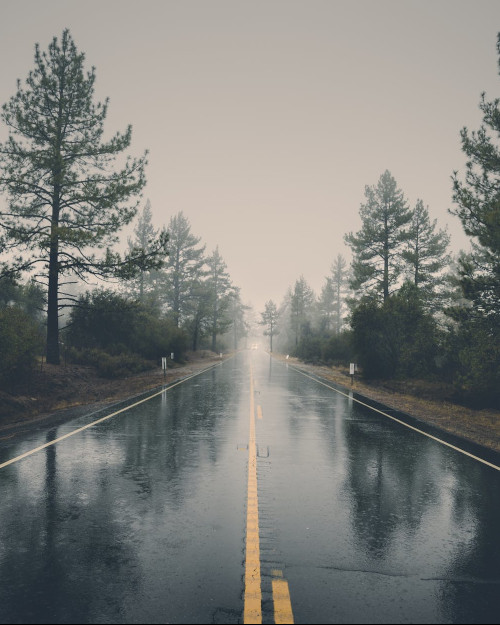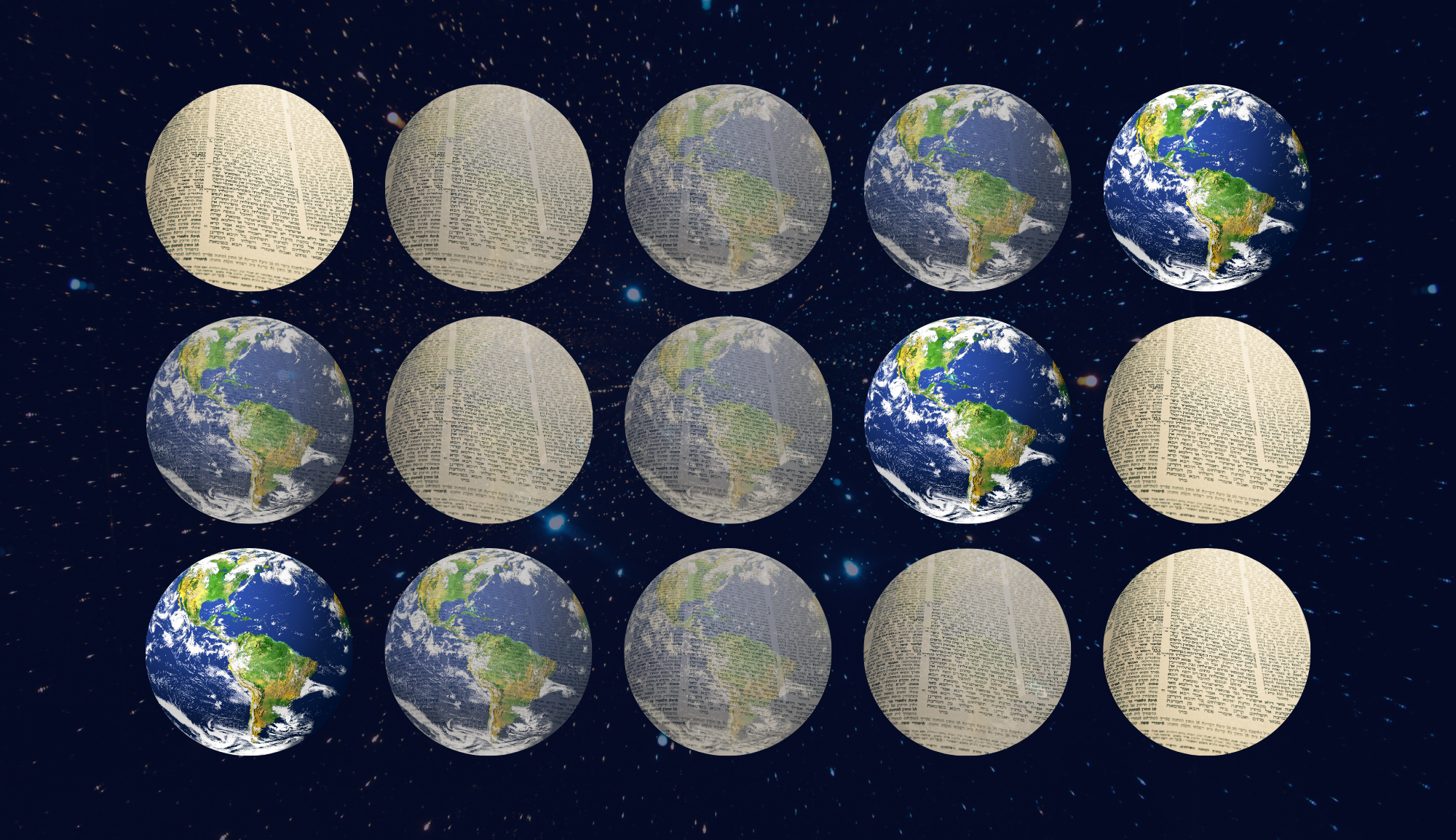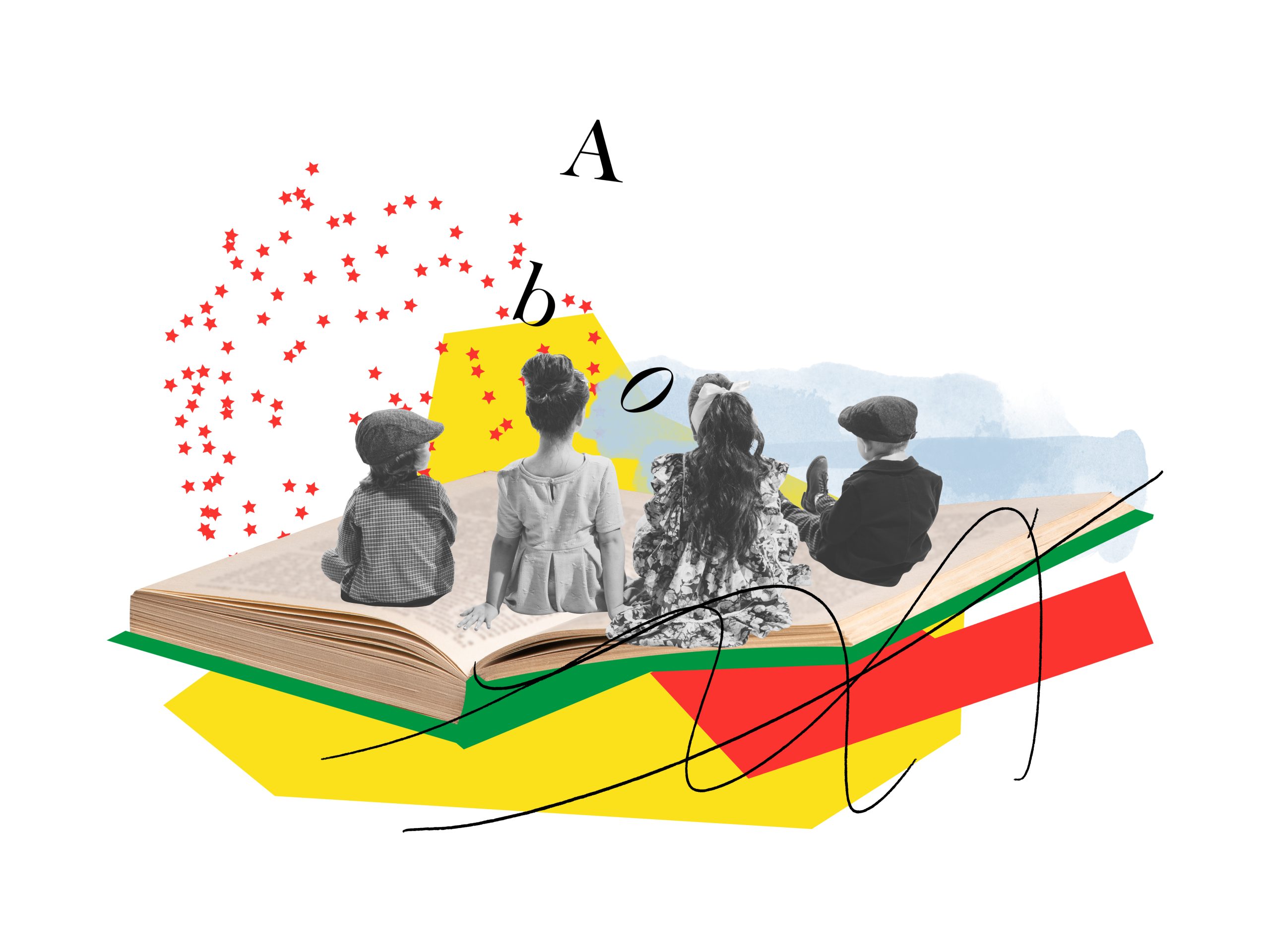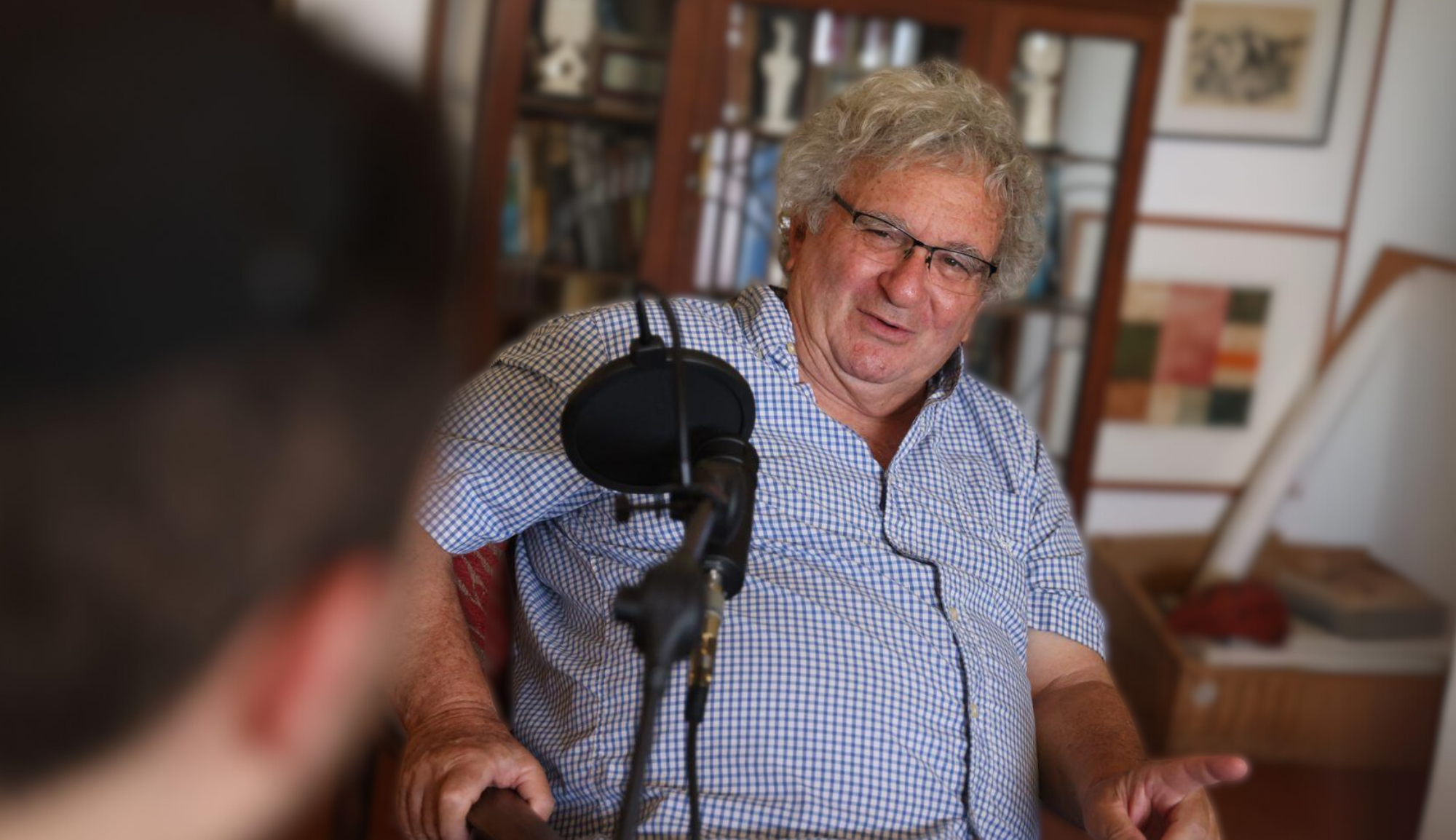To talk about the history of Jewish mysticism is in many ways to talk about the history of the mystical community. We often think of the esoteric as a highly individualized path, far from the community. This experience is certainly well-founded in the textual histories of mystical Judaism. The books of Tanach are replete with such private revelations, mystical experiences that occur in the quiet of deserts and mountains to the many solitary shepherds that comprised the early Jewish leaders.
However, mysticism as a formal pursuit often was built upon community, and the communal component was often a foundational principle and guiding light to mystical journeying.
This idea goes back as far as the second century when Rabbi Shimon Bar Yochai, protagonist of the Zohar, is accompanied by a loving and closely attached fraternity of friends, the original Chevrayah Kadisha, as it is termed in the Zohar. Life and lessons in the Zohar occur within the framework of the loving companions of the Chevrayah, who are bound together by their shared goal of transcendence.
When talking to or about the members of the shul he founded and heads, Kehillas Aish Kodesh, Rav Weinberger often refers to them as “the chevrah from the Shul.”
Today, Rav Moshe Weinberger is deeply engaged in the questions of mysticism and the community. Deeply learned and passionately immersed in Chassidic and Kabbalistic texts, Rav Weinberger built a community for all with a mystical heart in New York. More than two decades into this venture, Rav Weinberger’s battle to bring God and the soul back to communal institutions has resulted in a large-scale change in the way spirituality occurs. Rav Weinberger’s powerful truth-telling:
Our communities – spanning the entire spectrum of Orthodoxy – are swarming with Jews of all ages and backgrounds who feel little, if any, connection to Hakadosh Baruch Hu (G-d). This is not a conclusion reached by way of scientific study or formal assessment, and it cannot be proved in a laboratory. It is, I believe, glaringly apparent to anyone who has taken a peek outside the bais medrash.
Rav Weinberger’s community is named for Rav Kalonymus Kalman Shapiro (1889-1943), the Chassidic Rebbe, author of the Torah commentary Aish Kodesh, and the rabbi of the Warsaw Ghetto until his untimely death in 1943. Like his fellow Warsawer Hillel Zeitlin, Rabbi Shapiro was deeply invested in the idea of mystical Jewish communities, writing a guidebook to building spiritual community. This stance places the mystical as an experience that is both intrapersonal and interpersonal. Rabbi Shapiro counsels in his Hachsharat Ha’Avreichim that:
Each person should take for themselves one close friend, before whom one reveals all the hidden matters of the heart, spiritual and physical, concerns and joys, descents and ascents, and one’s friend will listen, console, advice, and rejoice to the best of their ability.
William Blake struck on the relationship that community and mysticism can have when he said something like this:
I sought my God,
my God I could not see
I sought my soul
My soul eluded me
I sought my brother
And found all three
God, my soul, and thee.
Community can be the heart of the mystical. Consider this: When talking to or about the members of the shul he founded and heads, Kehillas Aish Kodesh, Rav Weinberger often refers to them as “the chevrah from the Shul.” Not laypeople, congregants, but “the chevrah from the Shul” – the group, the community. Listen now to Rav Weinberger’s conversation with 18Forty for the characteristic wisdom, warmth, and depth that he brings to everything he does.
Tune in to our episode with Rabbi Moshe Weinberger.
